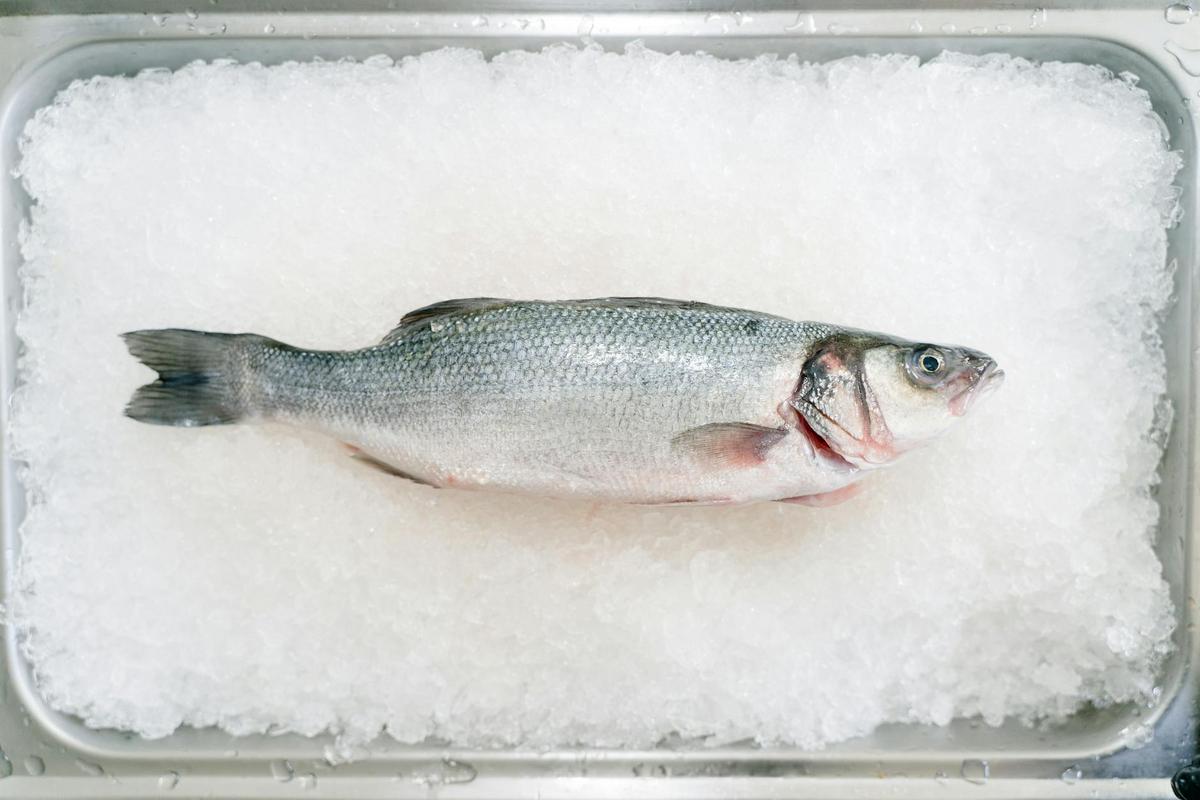
The Trend of Sustainable Seafood: What to Look For
The global demand for seafood continues to rise, and with it, the importance of sustainable seafood practices becomes increasingly crucial. As consumers become more environmentally conscious, understanding what constitutes sustainable seafood is essential for making informed choices that protect our oceans and marine life.
Sustainable seafood refers to fish and shellfish caught or farmed in ways that consider the long-term vitality of harvested species and the well-being of the oceans. According to the Monterey Bay Aquarium’s Seafood Watch program, sustainable seafood is critical in maintaining ecological balance and supporting fishing communities.
Why Sustainable Seafood Matters
Conventional fishing practices often lead to overfishing, habitat destruction, and bycatch, which is the capture of unintended species. The Food and Agriculture Organization reports that about 33% of global fish stocks are overfished. Sustainable fishing practices aim to mitigate these issues by employing methods that preserve fish populations and their habitats.
Expert Insights
Marine biologist Dr. Sylvia Earle emphasizes, “Protecting our oceans through sustainable seafood practices is not just an environmental issue, but a matter of food security and economic stability for future generations.” Her work highlights the interconnectedness of ocean health and human prosperity.
What to Look For in Sustainable Seafood
- Certification Labels: Look for seafood certified by reputable organizations such as the Marine Stewardship Council (MSC) or Aquaculture Stewardship Council (ASC).
- Local and Seasonal Choices: Opting for locally sourced and seasonal seafood reduces carbon footprint and supports local economies.
- Traceability: Ensure that the seafood you purchase has a clear supply chain, providing transparency about its origin.
Personal Stories
Consider the story of Mark, a chef who transformed his restaurant’s menu to include only sustainable seafood options. His commitment not only attracted environmentally conscious diners but also educated his staff and customers about the importance of sustainable choices.
Actionable Tips for Consumers
- Consult resources like the Seafood Watch app to make informed choices.
- Engage with local fish markets to learn about sustainable fishing practices in your area.
- Ask restaurants about the sourcing of their seafood and encourage sustainable practices.
When in doubt, ask your fishmonger for recommendations on sustainable seafood options. They can provide valuable insights into the best choices available.
Comparison Table: Sustainable vs. Conventional Seafood
| Criteria | Sustainable Seafood | Conventional Seafood |
|---|---|---|
| Fishing Methods | Eco-friendly, regulated | Often harmful, unregulated |
| Environmental Impact | Minimized habitat damage | High risk of overfishing |
| Bycatch Levels | Low | High |
| Traceability | Transparent supply chain | Often unclear |
| Economic Impact | Supports local economies | May disrupt communities |
| Health Benefits | Fewer contaminants | Risk of pollution exposure |
| Consumer Awareness | Educated choices | Limited information |
| Regulations | Strict adherence | Varies globally |
Frequently Asked Questions
What is the most sustainable seafood choice?
Options like mussels, oysters, and farmed clams are often considered sustainable due to their low environmental impact.
How does sustainable seafood benefit the environment?
Sustainable practices help maintain fish populations, protect habitats, and reduce bycatch, thus preserving marine ecosystems.
Conclusion
As we navigate the trend of sustainable seafood, it’s vital to make informed choices that support the health of our oceans and the livelihoods of those who depend on them. By opting for certified, local, and traceable seafood, you contribute to a more sustainable future. Remember, every choice counts, and together, we can foster a thriving marine environment for generations to come.